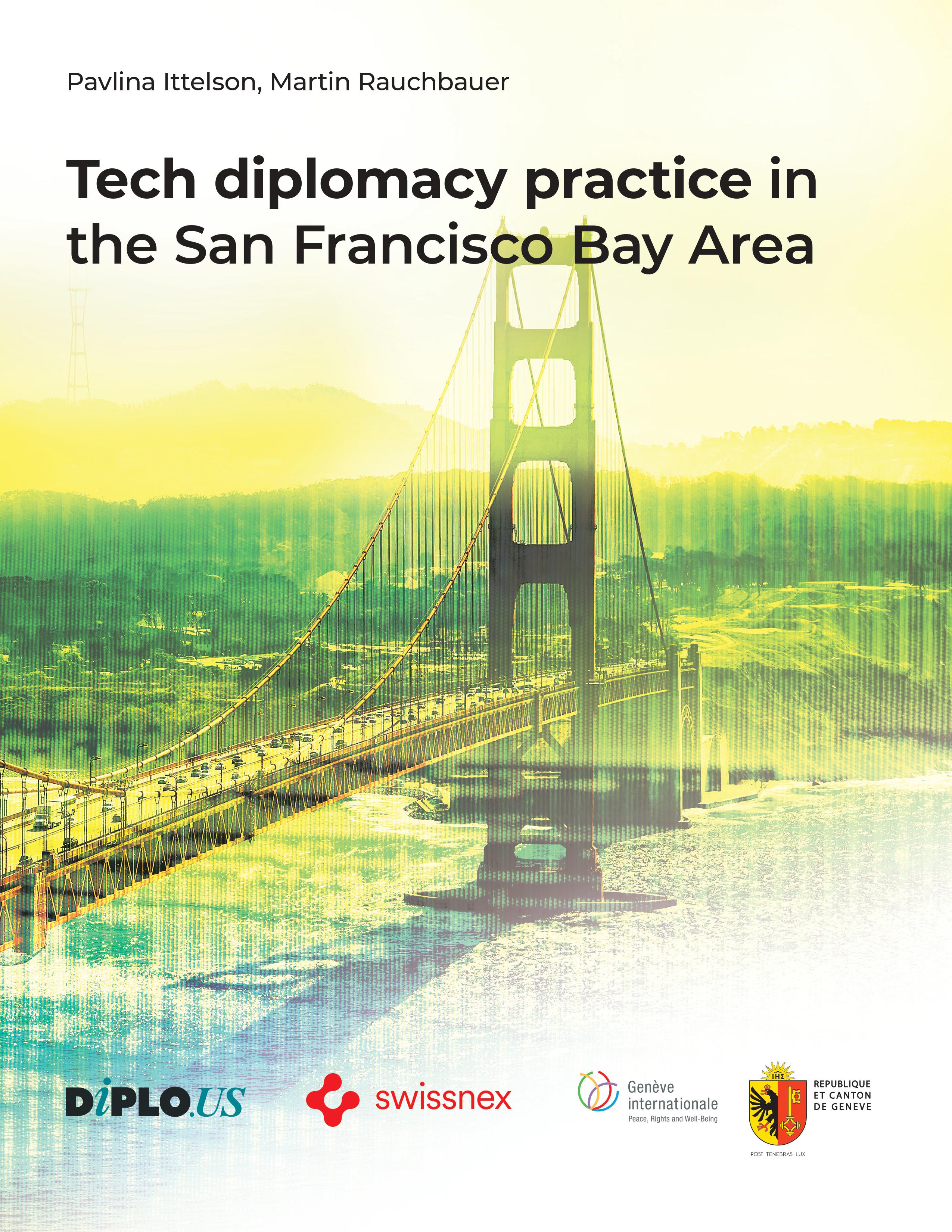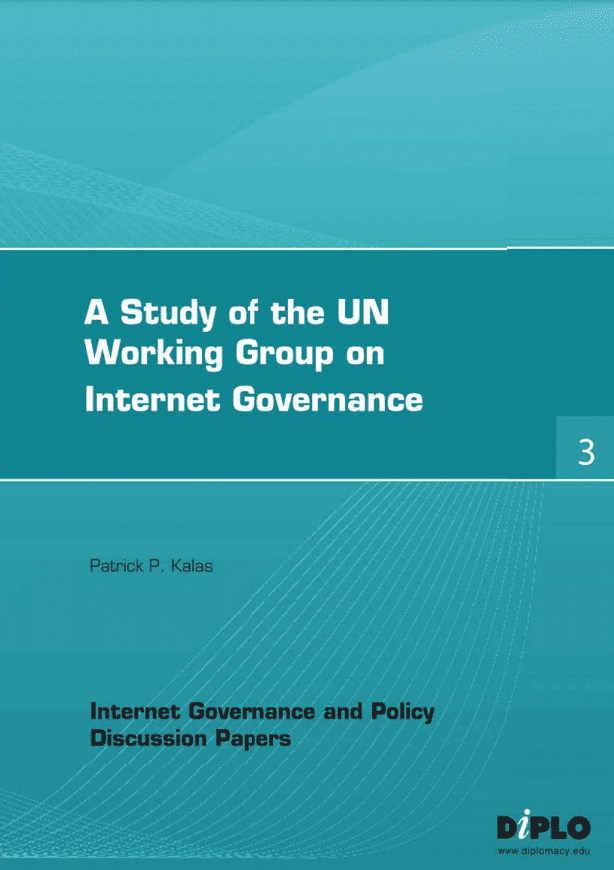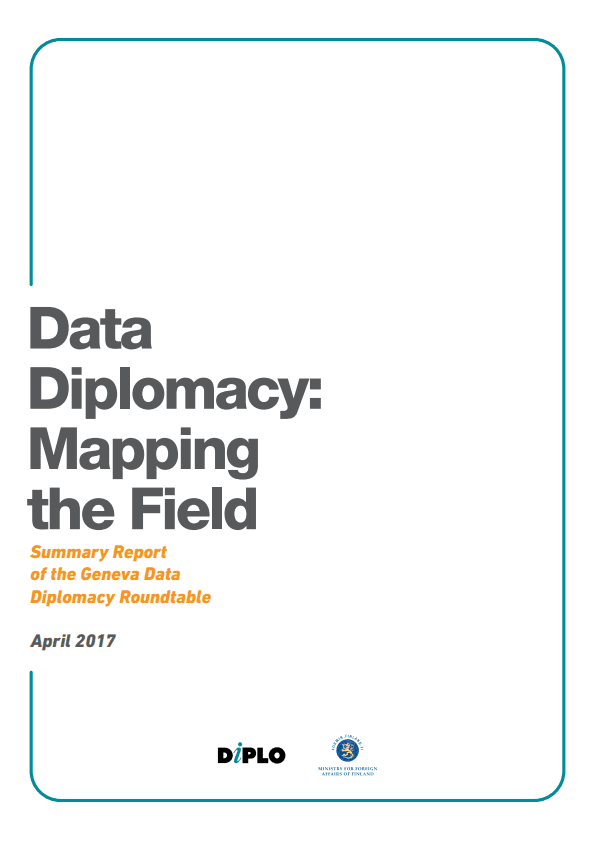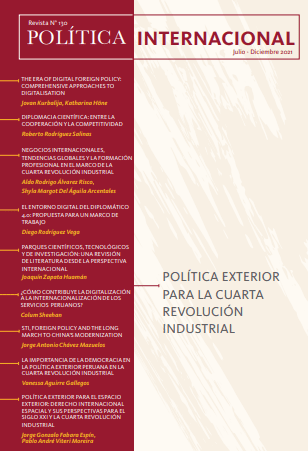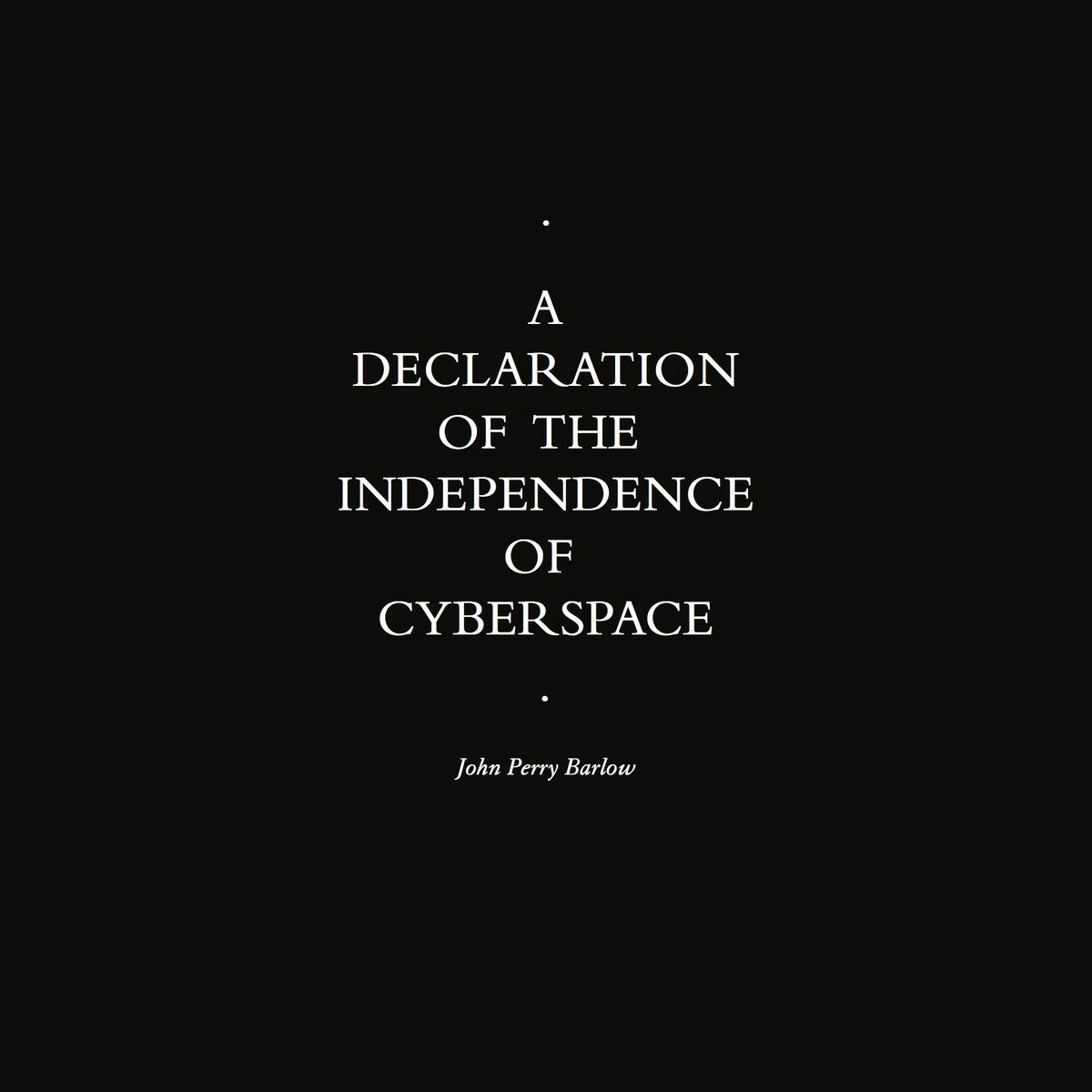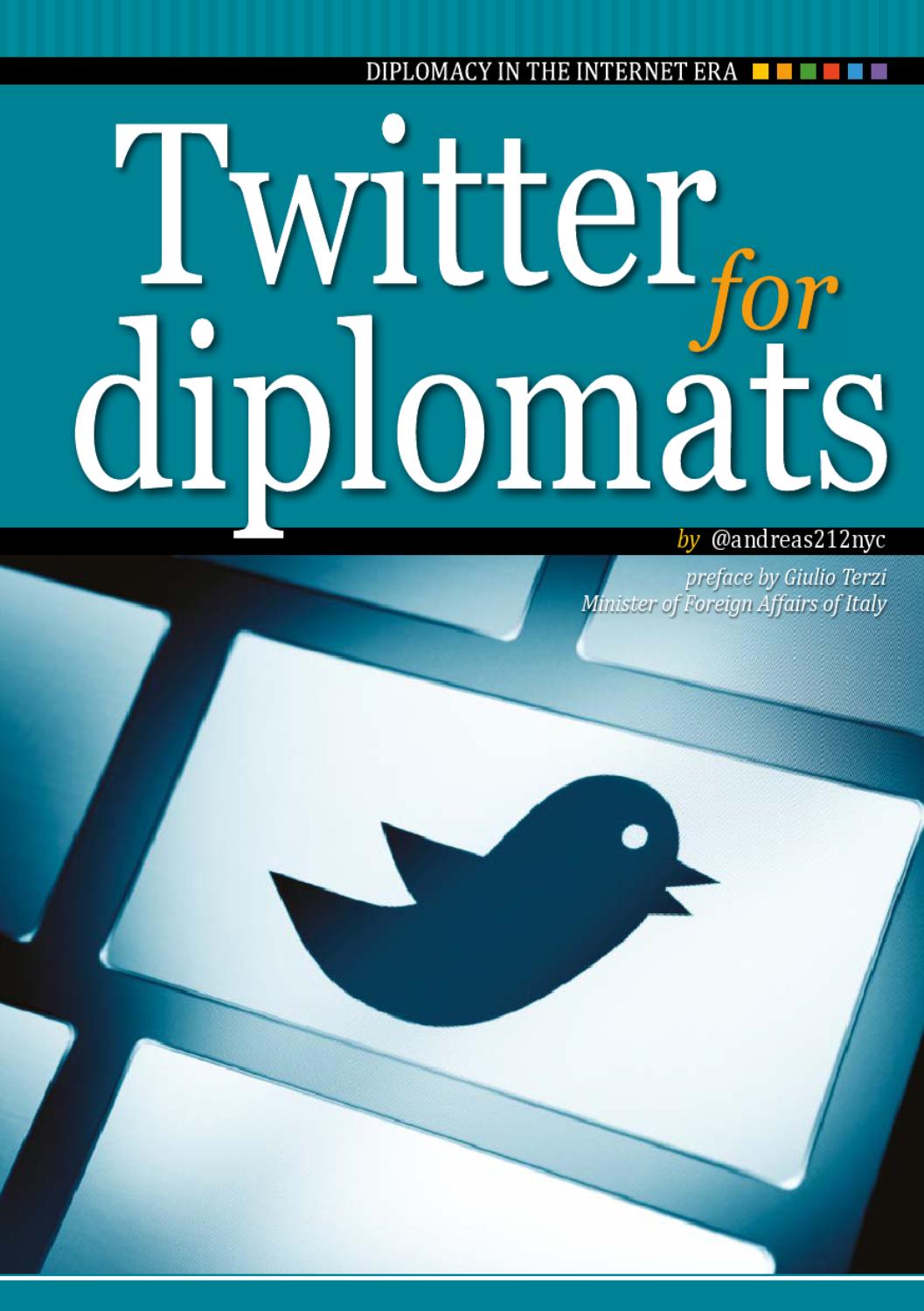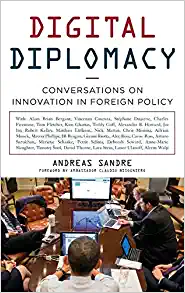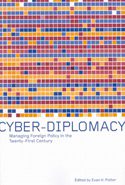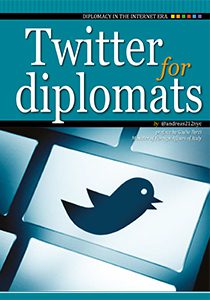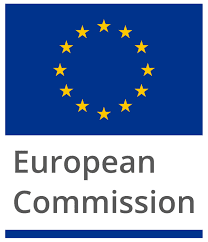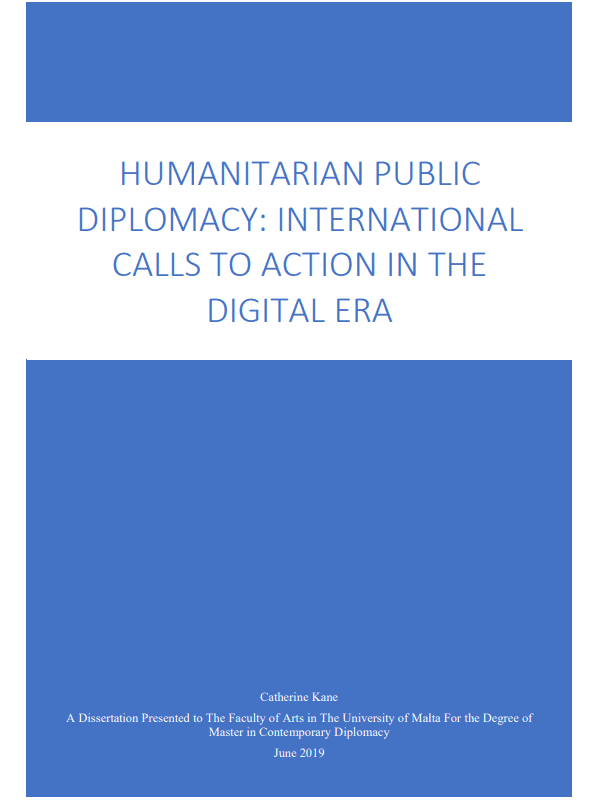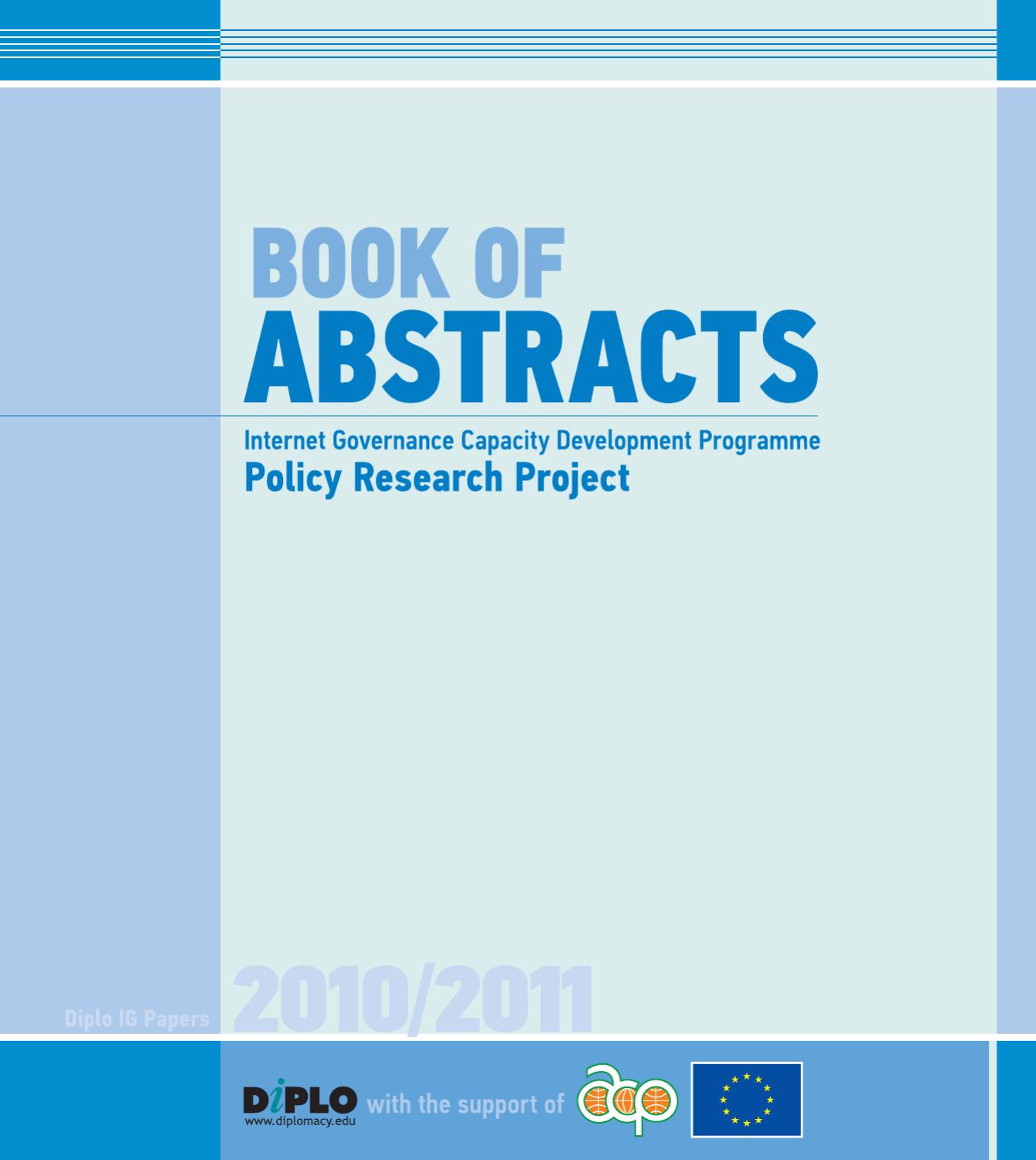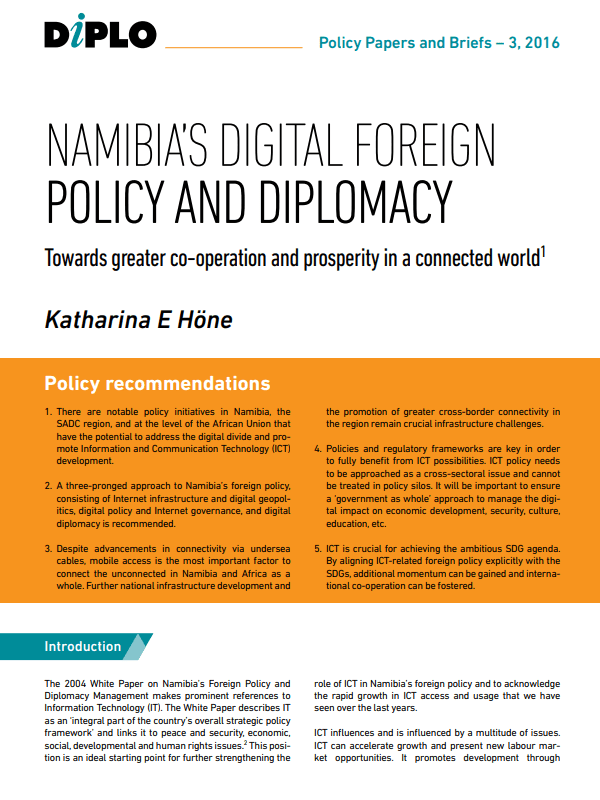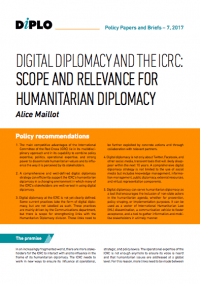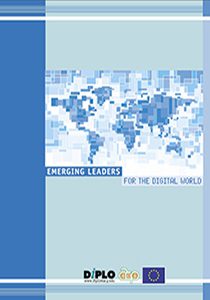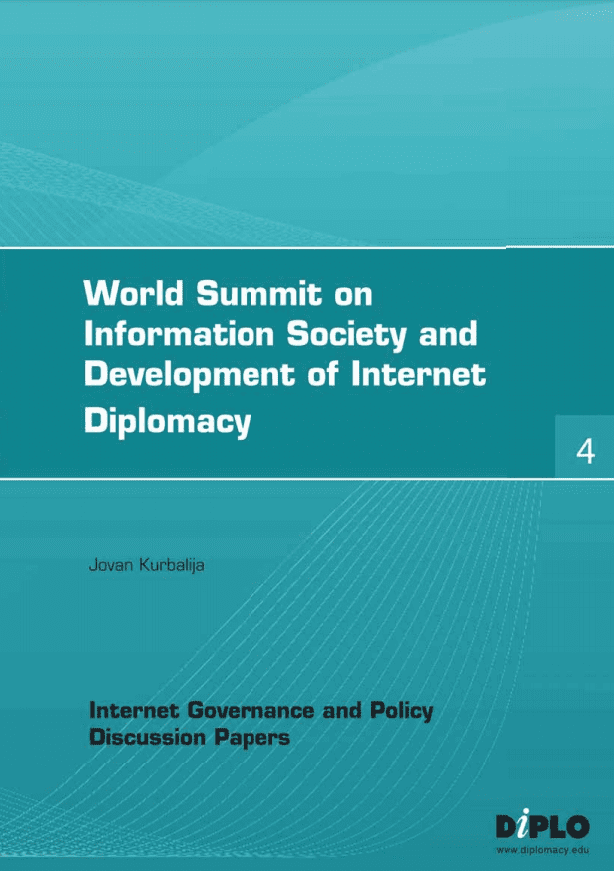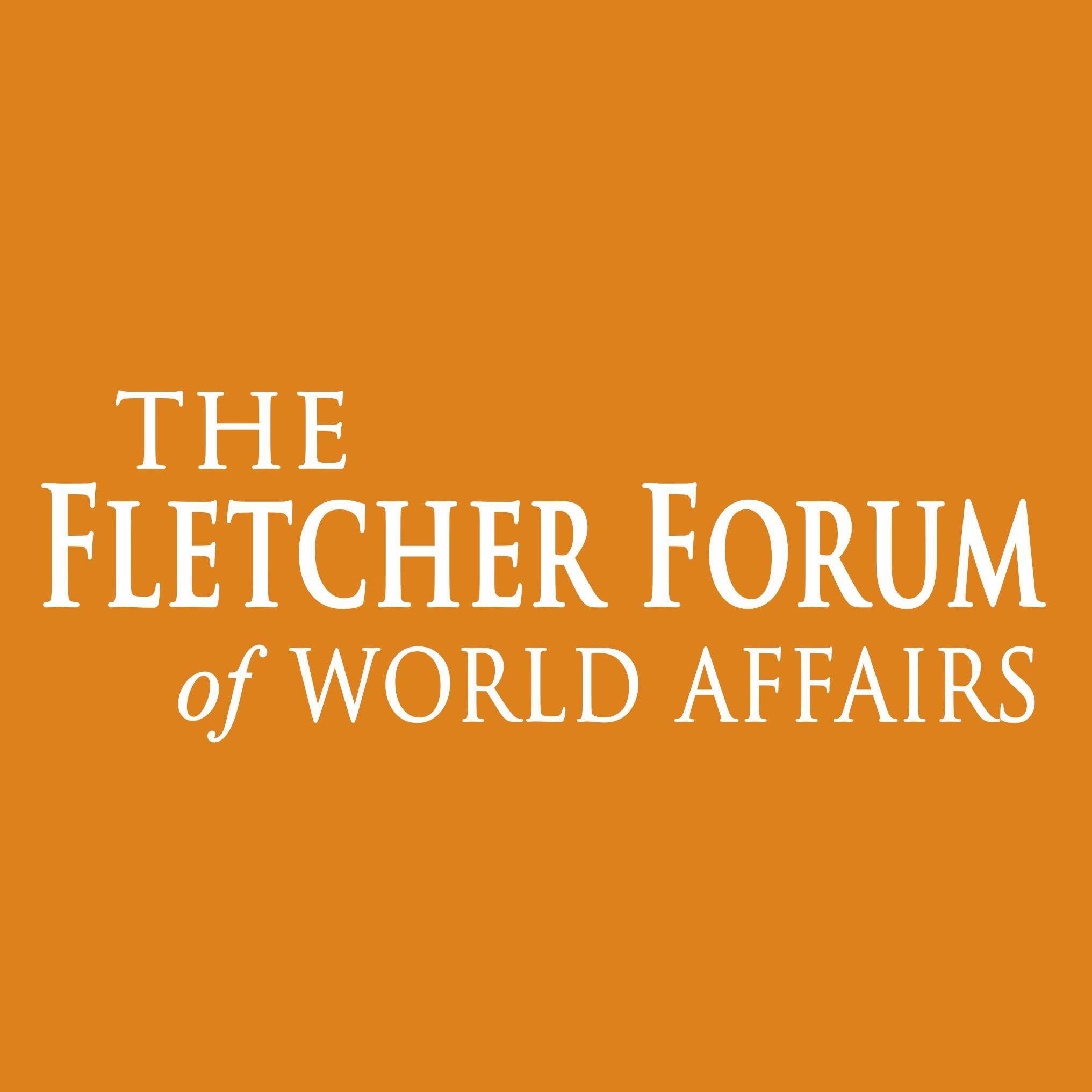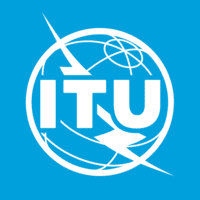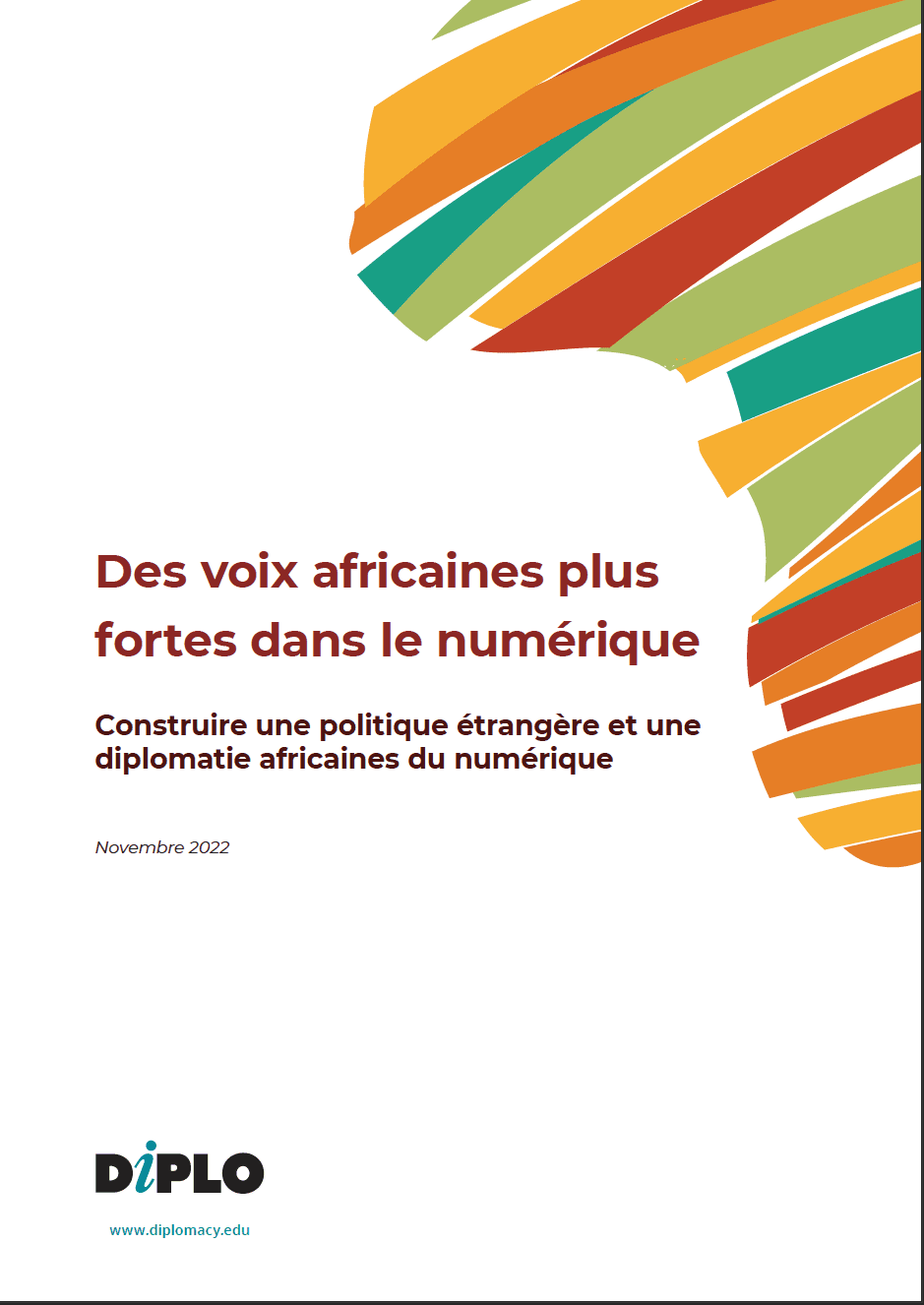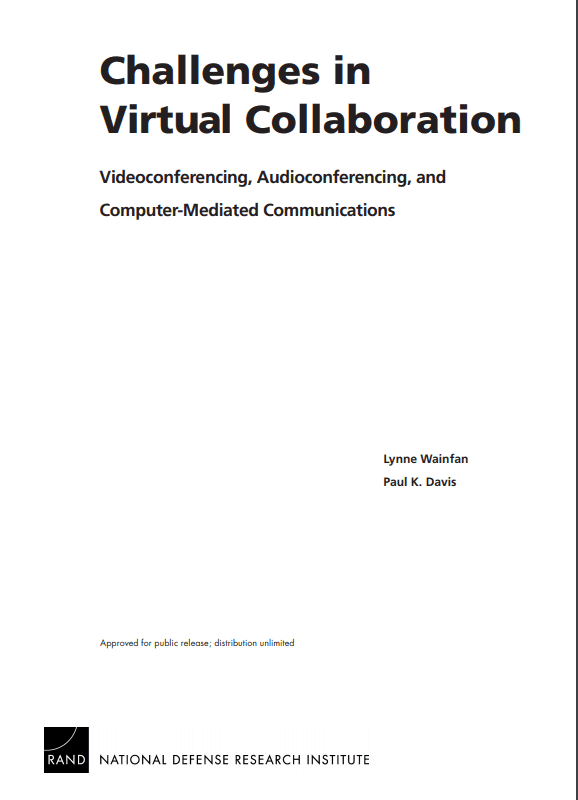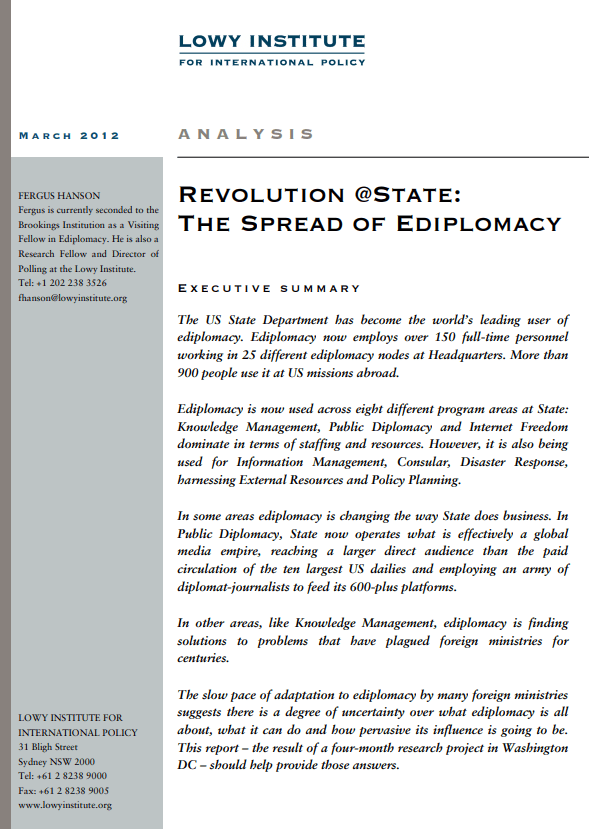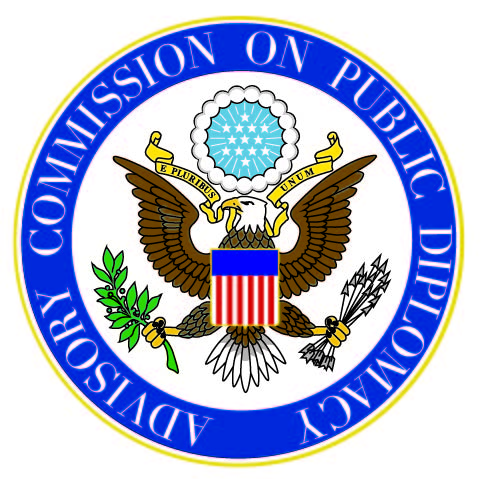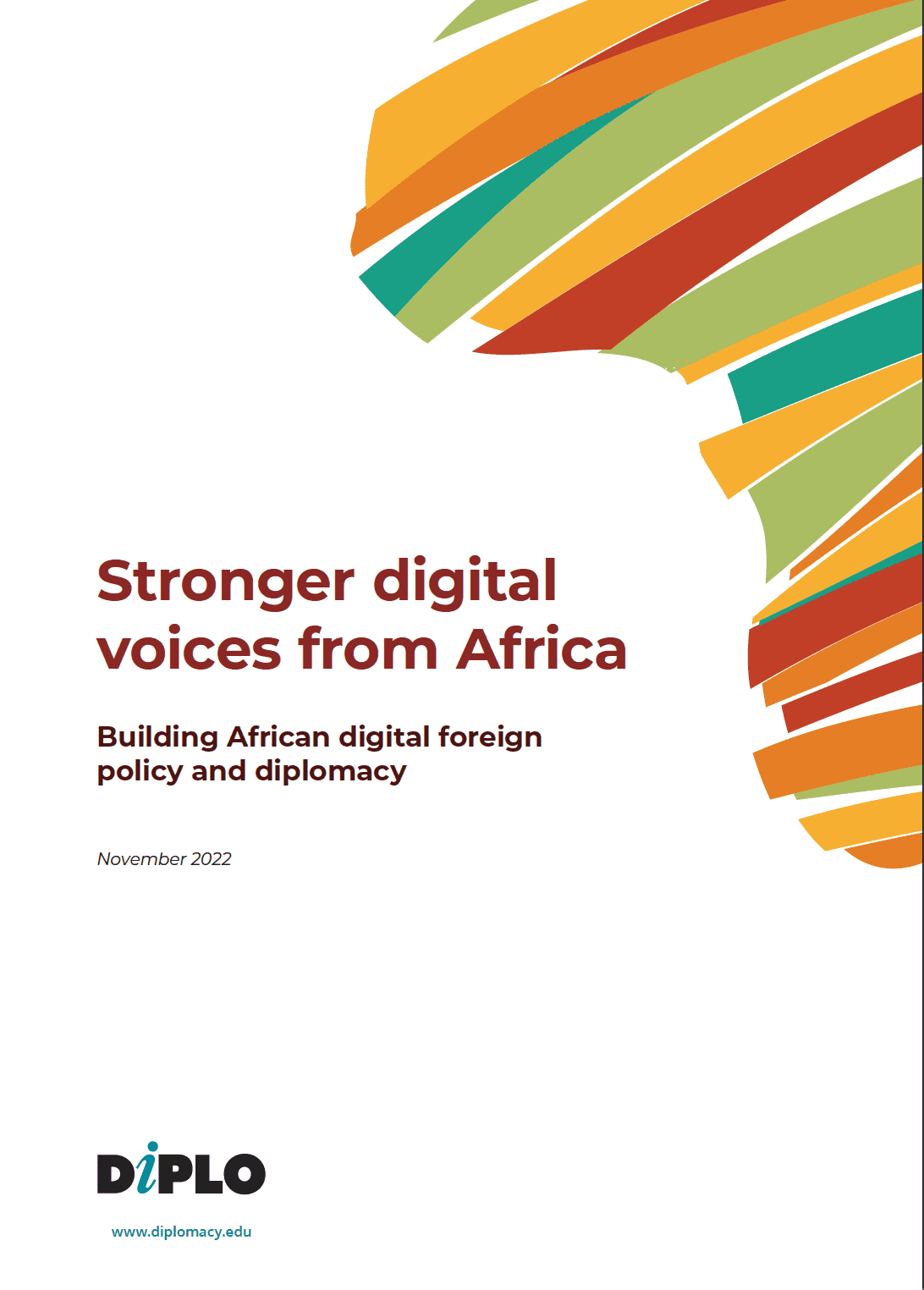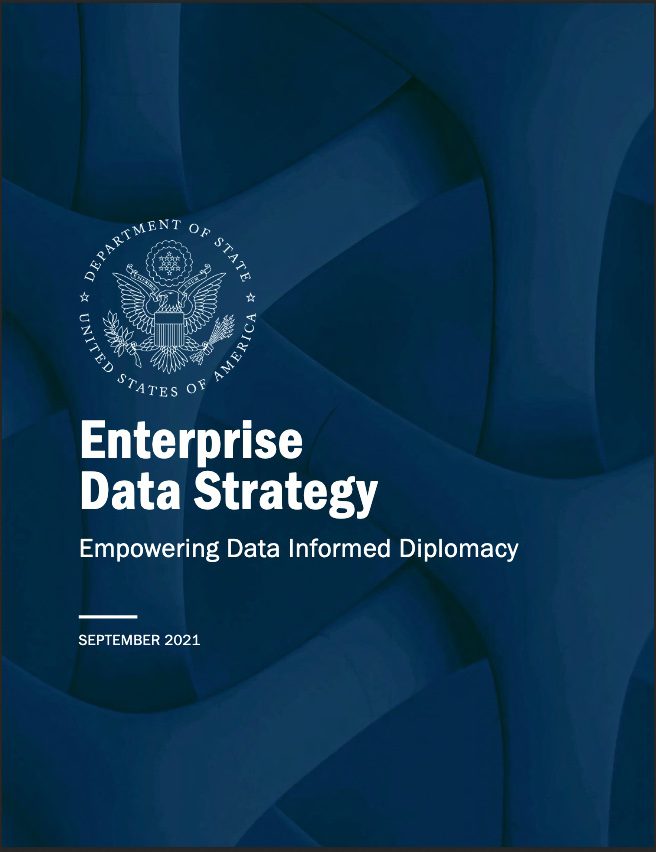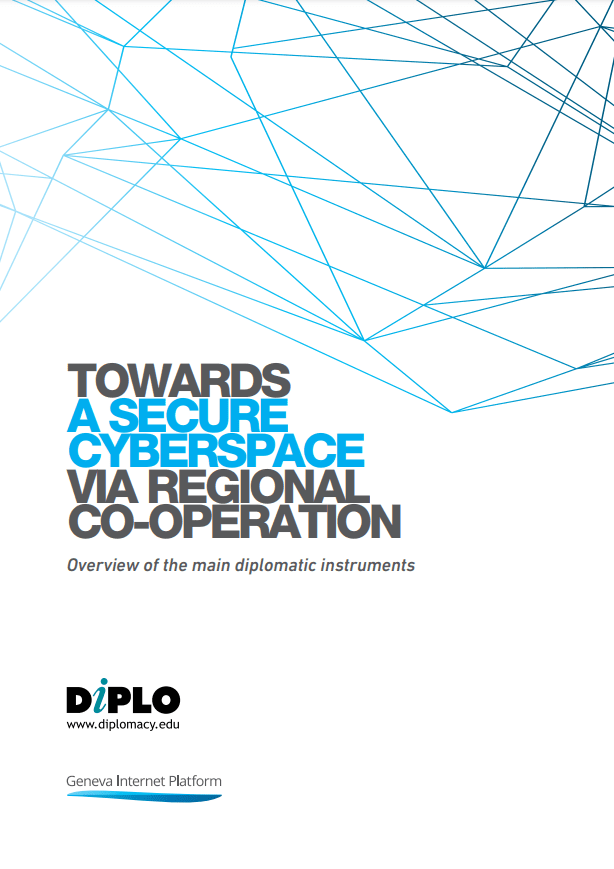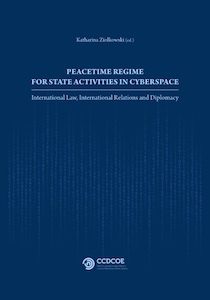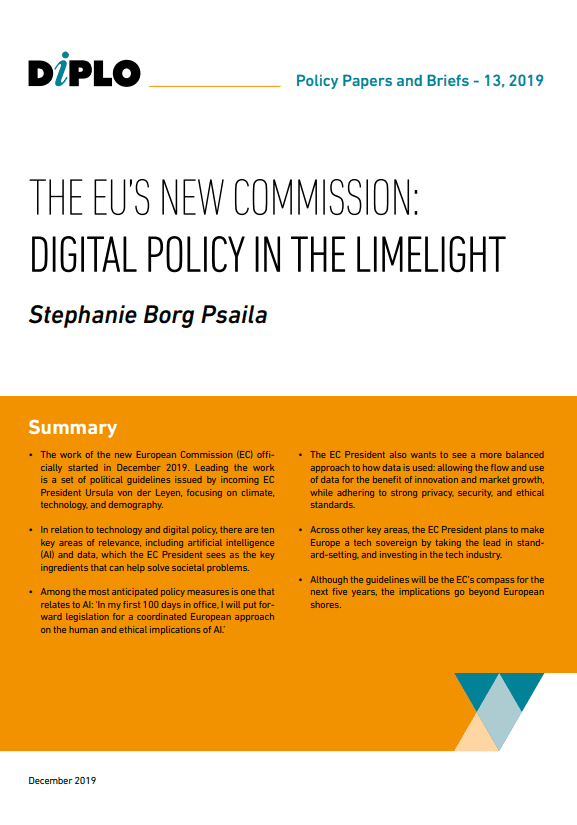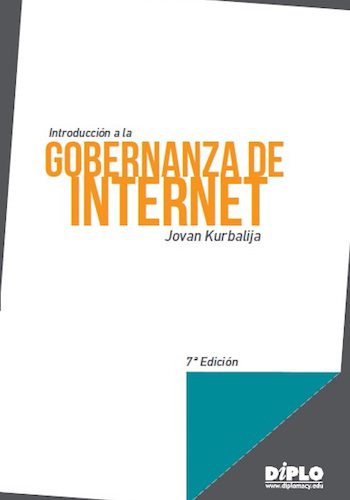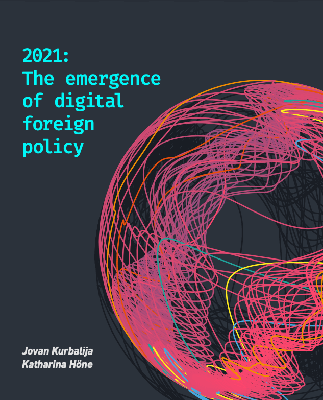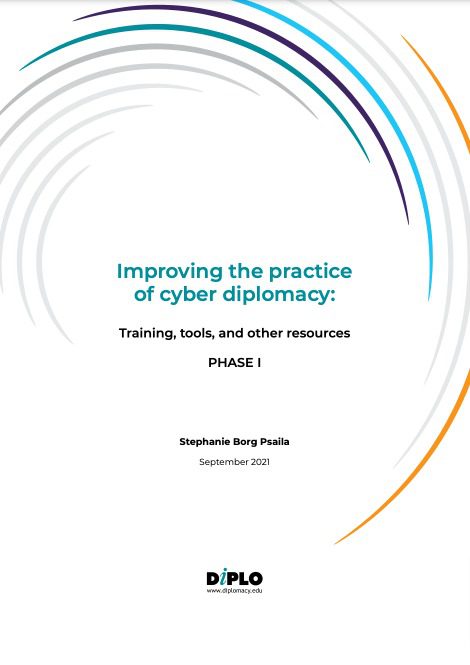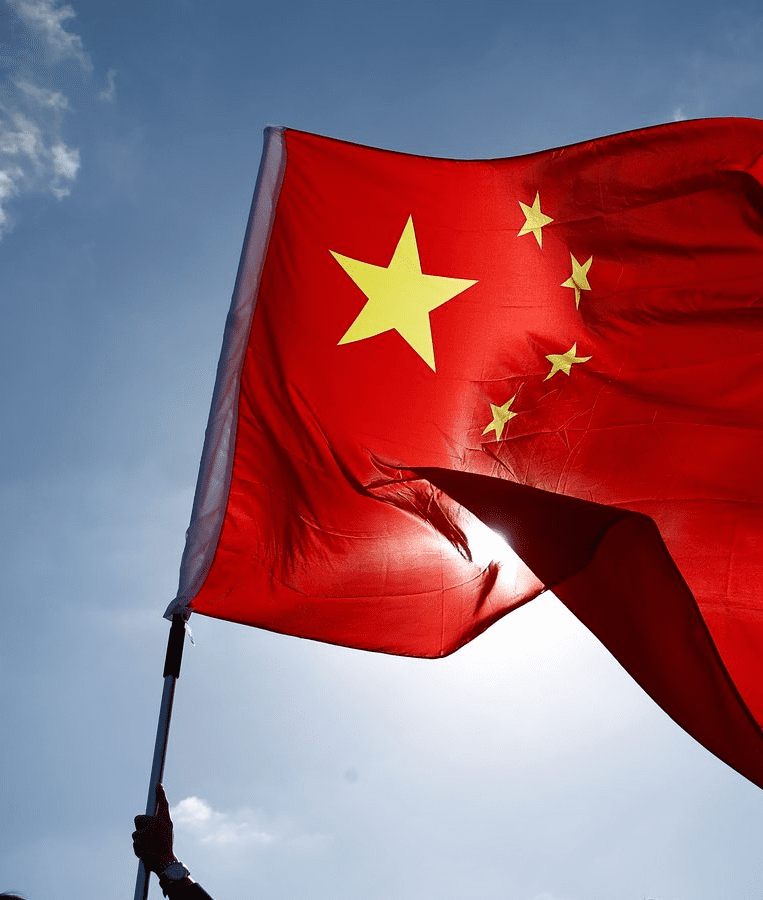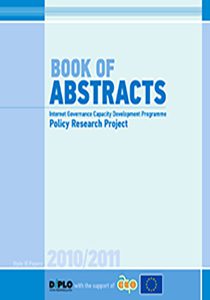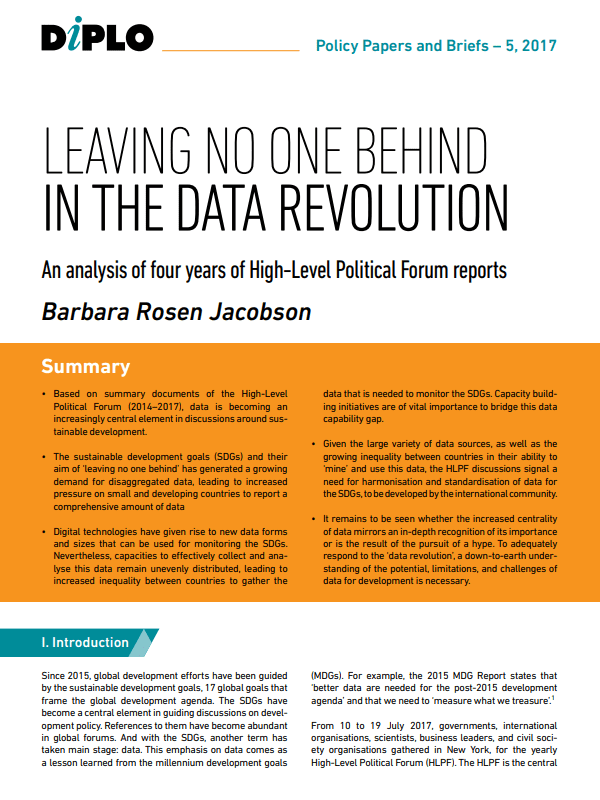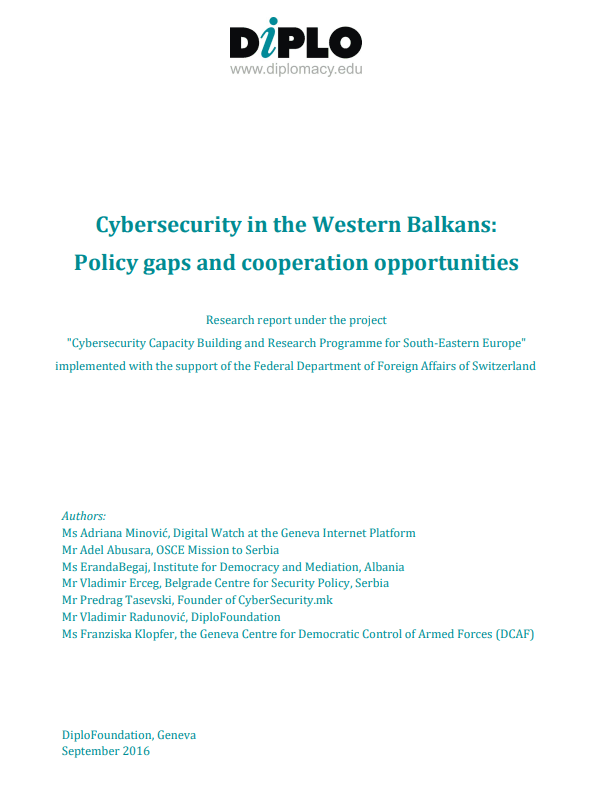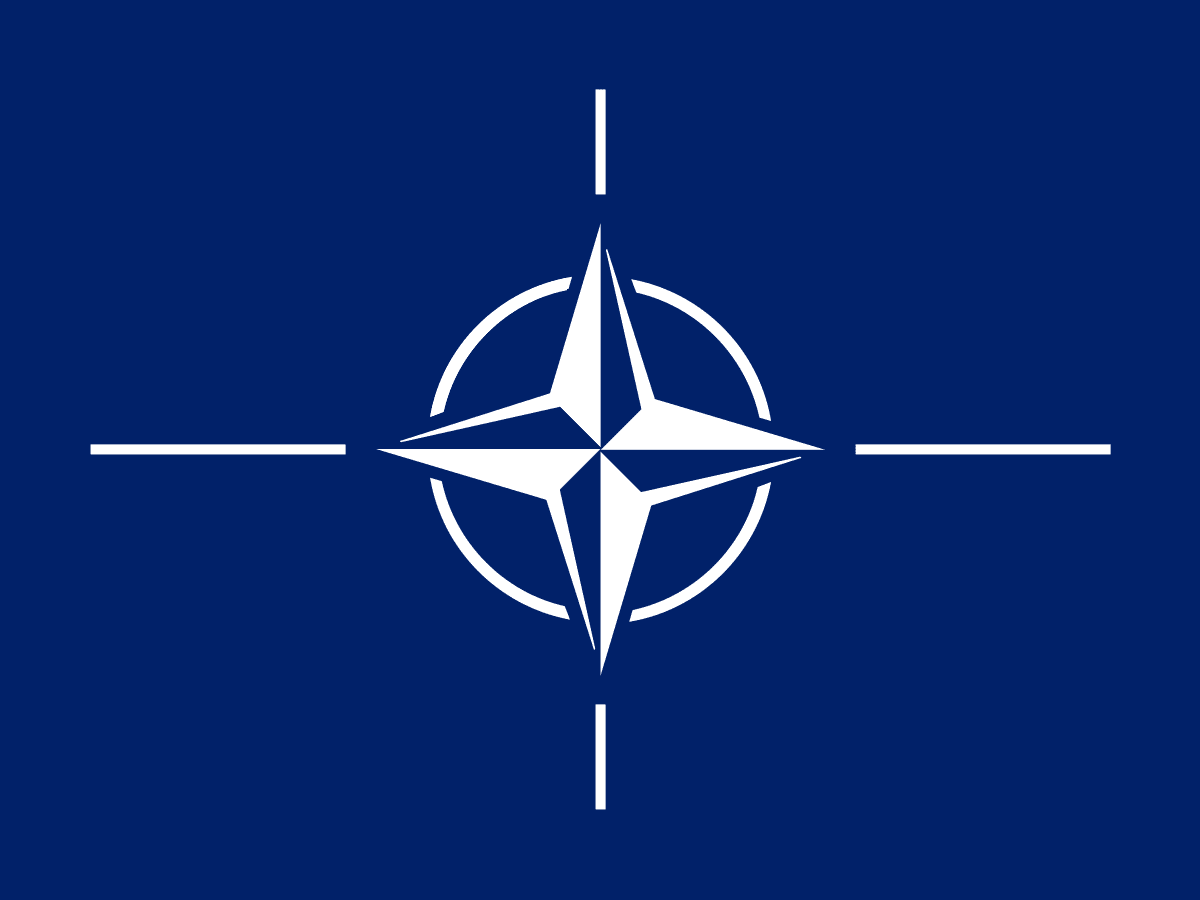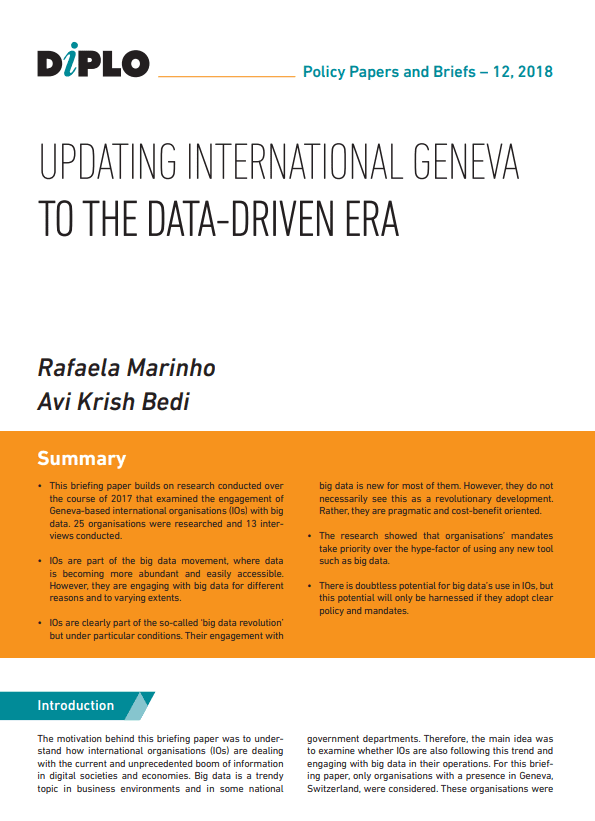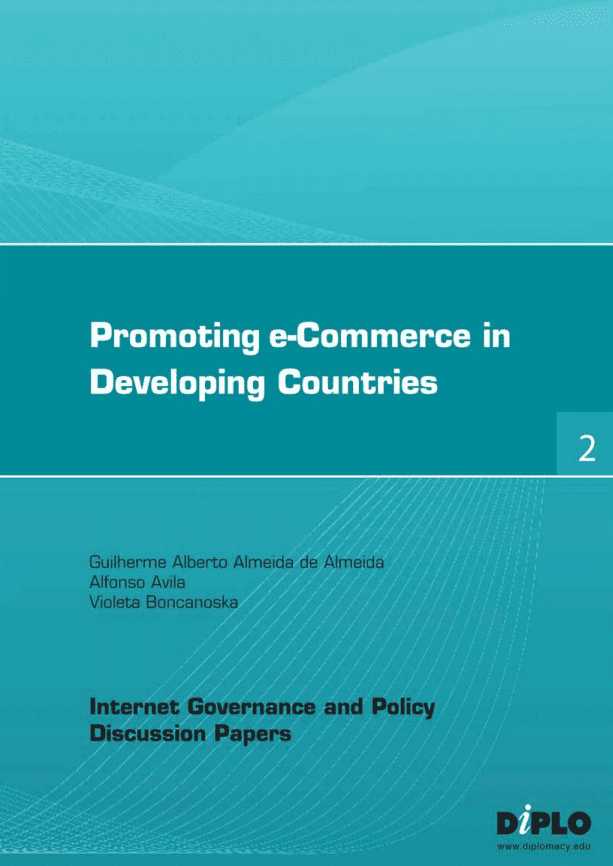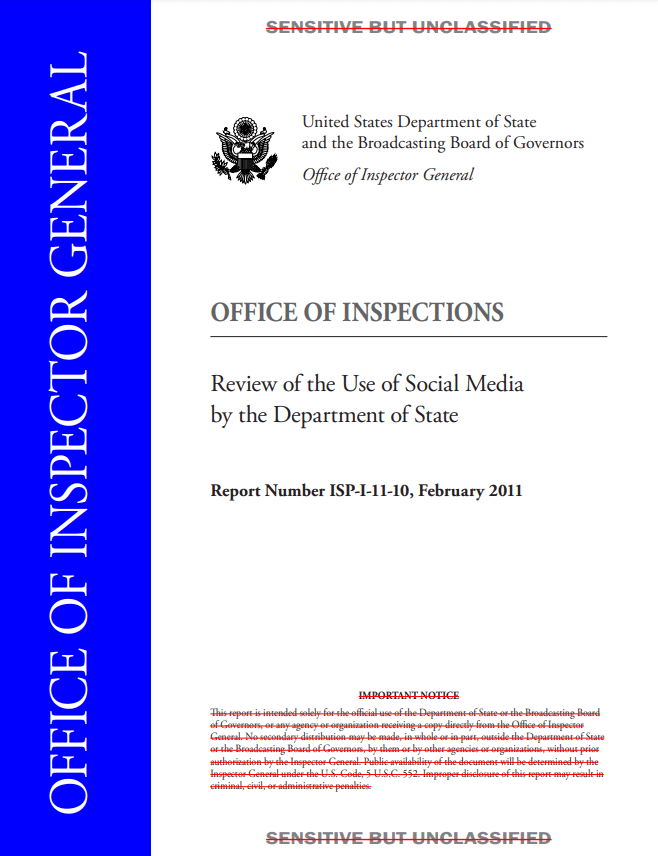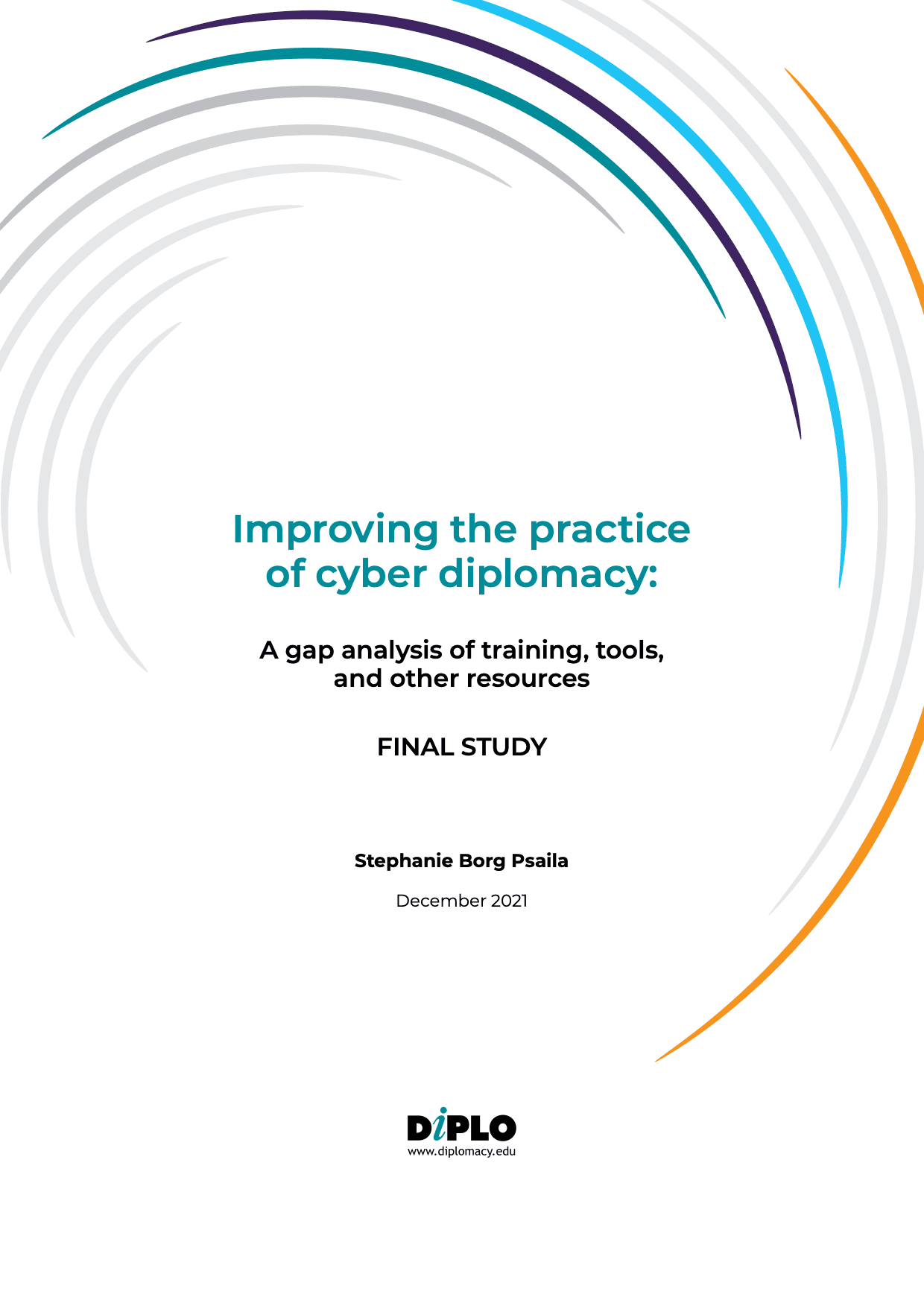Since 2018, the field of digital foreign policy and diplomacy has evolved considerably. Countries are increasingly implementing digital elements in their policies, defining national digital and digitalisation policies, and in some cases, have created dedicated digital foreign policies. In order to implement them, they create dedicated posts: from the first Danish tech ambassador, to the posts of global digital diplomats, cyber diplomats, and tech envoys, as well as dedicated sections within their ministries of foreign affairs.
Currently, there are various approaches countries are taking, and different ways the agendas, positions, and range of competencies are defined, all of which have an impact on the definition and practice of tech diplomacy.
Since 2017, countries have developed:
1. Dedicated digital foreign policy strategy and separate tech diplomacy strategy (Denmark)1Ministry of Foreign Affairs of Denmark. Strategy for Denmark’s tech diplomacy 2021–2023. https://techamb.um.dk/strategy
2. Dedicated digital foreign policy strategies with elements of tech diplomacy (Australia2,Ministry of Foreign Affairs of Denmark. Strategy for Denmark’s tech diplomacy 2021–2023. https://techamb.um.dk/strategy France,3Ministry for Europe and Foreign Affairs of France. (2017). France’s international digital strategy. https://www.diplomatie.gouv.fr/en/french-foreign-policy/digital-diplomacy/france-s-international-digital-strategy/ the Netherlands,4Ministry of Foreign Affairs of the Netherlands. (2019). Digital agenda for foreign trade and development cooperation (BHOS) https://www.government.nl/documents/policy-notes/2019/07/31/digital-agenda-for-foreign-trade-and-development-cooperation-bhos Switzerland,5Swiss Federal Department of Foreign Affairs. (2021). Digital foreign policy strategy 2021–2024. https://www.eda.admin.ch/missions/mission-onu-geneve/en/home/news/publications.html/content/publikationen/en/eda/schweizer-aussenpolitik/Digitalaussenpolitik_2021-2024 and the UK)6UK Government. (2023). The UK’s international technology strategy. https://www.gov.uk/government/publications/uk-international-technology-strategy/the-uks-international-technology-strategy
3. Foreign policy strategies that include aspects of digitalisation
4. Digital or digitalisation strategies with foreign policy aspects
5. Strategies dedicated to specific topics (cybersecurity, emerging technology, AI)
6. Positions related to digital, cyber, or tech policy without a specific strategy
By analysing the digital foreign policies of the six countries that have a separate dedicated policy from the tech diplomacy perspective, we can see differences in how terminology is used and how they focus on different aspects in their respective policies.
Table 1: The use of adjectives and prefixes in six digital foreign policy strategies7Adapted from Kurbalija, J., & Höne, K. E. (2021). The era of digital foreign policy: Comprehensive approaches to digitalisation. Revista Política Internacional, 130 (July–December). https://adp.edu.pe/revista. This table counts the number of occurrences of a particular term or prefix across the whole text corpus.
| UK (2023) | Switzerland (2020) | Australia (2021) | France (2017) | Netherlands (2019) | Denmark (2021) | |
|---|---|---|---|---|---|---|
| No. of words | 15,390 | 23,285 | 26,394 | 18,177 | 10,753 | 4,051 |
| Cyber | 40 | 66 | 479 | 89 | 25 | 13 |
| Online | 1 | 16 | 88 | 12 | 28 | 1 |
| Digital | 65 | 312 | 86 | 223 | 209 | 37 |
| Virtual | 0 | 6 | 2 | 1 | 0 | 0 |
| Net | 9 | 1 | 1 | 0 | 0 | 0 |
| Tech | 33 | 4 | 40 | 0 | 2 | 77 |
| E- | 0 | 1 | 10 | 2 | 2 | 0 |
There are substantial differences in terminology when comparing the dedicated digital foreign policy strategies (Table 1). Australia employs the term ‘cyber’, while the Danish strategy favours the term ‘tech diplomacy’. France, Switzerland, and the Netherlands focus on ‘digital’.
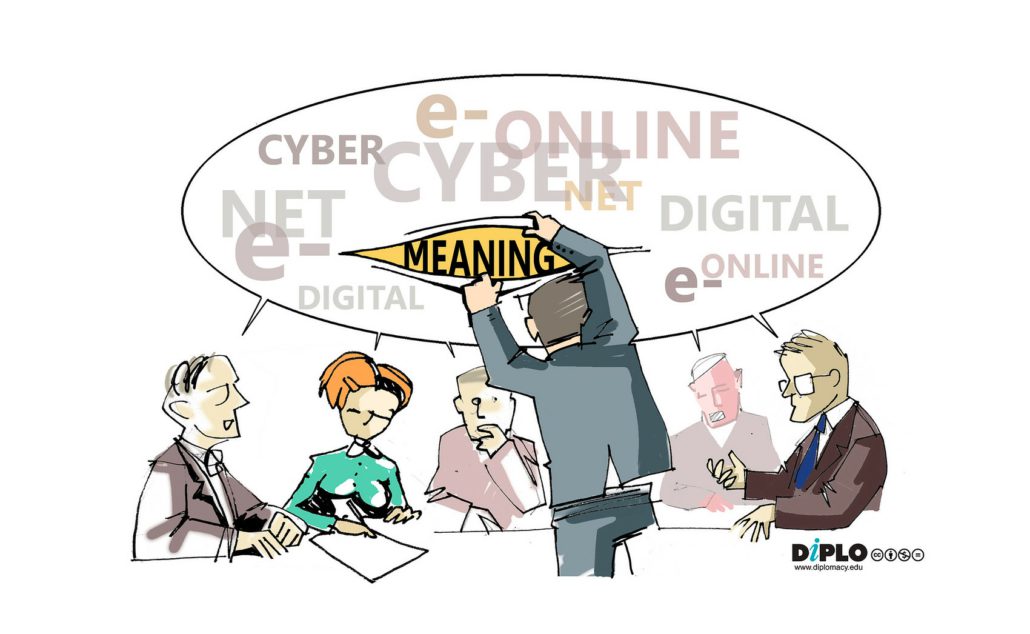
This reflects the priorities of the countries’ digital policies, with ‘digital diplomacy’ encompassing all diplomacy that involves digital aspects and digital as a topic on the diplomatic agenda,8DiploFoundation. (n.d.). Digital foreign policy. https://www.diplomacy.edu/topics/digital-foreign-policy ‘cyber diplomacy’ emphasising the security aspect, and ‘tech diplomacy’ focusing on interactions between nation-state representatives and tech companies (on global or local levels).
When analysing how the topic and agenda of tech diplomacy are addressed, these policies all include aspects of tech diplomacy. With the exception of the Danish policy, others do not directly define ‘tech diplomacy’. Rather, tech-diplomacy aspects are dispersed in mentions of strengthening the presence and ties with tech companies in the San Francisco area (Switzerland), the Cyber and Tech Retreat (Australia), support for start-ups and scale-ups (UK), and establishing a start-up liaison officer position in San Francisco (Netherlands), and other aspects. Therefore, the tech diplomacy agenda is a mosaic of aspects of national policies derived from foreign policy, as well as other policies dealing with digital aspects.
The goals and areas of priority engagement of countries practising tech diplomacy align with the particular aims of the national policies. The emerging key topics of digital foreign policy are digital infrastructure, and digital as a factor in development, cybersecurity, economic prosperity (including e-commerce), and human rights (including the protection of privacy and freedom of expression).9DiploFoundation. (n.d.). Digital foreign policy. https://www.diplomacy.edu/topics/digital-foreign-policy
Table 2: Coverage of specific issues based on the frequency of certain terms10DiploFoundation. (n.d.). Digital foreign policy. https://www.diplomacy.edu/topics/digital-foreign-policy
| UK (2023) | Switzerland (2020) | Australia (2021) | France (2017) | Netherlands (2019) | Denmark (2021) | |
| Data and privacy | 110 | 135 | 54 | 76 | 98 | 7 |
| Artificial intelligence | 55 | 53 | 10 | 8 | 19 | 1 |
| Security | 98 | 45 | 185 | 58 | 25 | 13 |
| Human rights | 7 | 39 | 89 | 30 | 16 | 9 |
| Governance | 36 | 60 | 35 | 26 | 1 | 3 |
| Development | 77 | 94 | 112 | 74 | 71 | 31 |
| Science | 31 | 28 | 9 | 3 | 2 | 0 |
| Economy/economic | 53 | 68 | 91 | 59 | 47 | 3 |
| Cooperation | 20 | 57 | 64 | 25 | 41 | 16 |
| Research and education | 45 | 40 | 62 | 24 | 24 | 5 |
| Health(care) | 8 | 16 | 7 | 2 | 11 | 3 |
| Sustainable development goals (SDGs) | 2 | 6 | 5 | 2 | 5 | 0 |
| Tech diplomacy/techplomacy | 1 | 0 | 4 | 0 | 0 | 25 |
Tech diplomacy topics follow the areas outlined above. However, governments usually allow for a certain level of freedom for the tech diplomat to define topics to pursue. This enables the exploration of new topics in emerging technologies, as well as budding topics on the local level, such as quantum and supercomputing, the metaverse, safety and trust, and disinformation.
Structure of tech diplomacy representations
In order to implement foreign policy strategies and practise tech diplomacy, countries have created a variety of positions within their respective governments – both in diplomatic representations and in internal government structures.
Diplomatic representations dealing with tech diplomacy vary in name and the context of their involvement. Tech diplomats may carry the title of ‘ambassador-at-large’, ‘tech ambassador’, ‘tech envoy’, ‘tech attaché’, ‘digital ambassador’, ‘consul for tech and innovation’, or even both ‘general consul’ and ‘tech ambassador’, or ‘general consul’ and ‘tech envoy’. The reason is simple: to signal to tech companies (and others) the weight of engagement in tech diplomacy. It should be noted, however, that these titles do not strictly adhere to the traditional diplomatic ranks within a nation’s diplomatic representation.
Within their respective government, diplomats adhere to the traditional diplomatic ranks and have the scope of their mandate set anywhere from the global, national, or subnational level. They may be administratively under the ministries of foreign affairs, trade and investment, science and technology, or education. Within the ministries, there may be one person, a structural hierarchy, or several streams of engagement in tech diplomacy running parallel or intersecting.
Some countries have foregone establishing dedicated positions of tech diplomats in foreign countries and have established positions of experts on digital issues within their existing diplomatic representations (China, USA).11.Erzse, A., & Garson, M. (2022). A leaders’ guide to building a tech-forward foreign policy. Tony Blair Institute for Global Change. https://institute.global/policy/leaders-guide-building-tech-forward-foreign-policy
As can be inferred from above, the practice of tech diplomacy and its definition varies widely and has not yet reached its maturity.
There are several challenges stemming from such a variety:
- Positioning of tech diplomacy within the diplomatic agenda: While some states see tech diplomacy as a type of traditional diplomacy, others categorise it under science and innovation, trade and investment, or even cultural and academic diplomacy. It is in this way that states signal their priorities for tech diplomacy engagement. The fact that the agenda of tech diplomats is usually an assortment of different aspects of various national policies makes the practice of tech diplomacy coordination complicated and, as a rule, requires crossing silos within national governments. This has drawbacks: emerging topics in tech diplomacy, such as environmental tech diplomacy, fintech, or ethical aspects of emerging tech, may not be fully embraced. Additionally, the understanding of the position of a tech diplomat by those they are tasked to engage with may not be the same. In our research, for example, companies did not see trade and investment as part of tech diplomacy, but rather viewed it in a traditional sense of negotiating trade agreements, attracting investment, and promoting local companies abroad.
- Hierarchy: When establishing the new position ‘tech diplomat’, states need to decide how this new position will fit into traditional diplomatic structures. This includes decisions on the rank and name of the tech diplomat. Two main issues that were identified are whether having more than one ‘ambassador’ in a foreign country is acceptable and how to define the positions of global digital ambassadors, ambassadors in individual countries, and local tech consuls in a complementary manner.
- Scope of engagement: With both tech and traditional diplomatic representations in place, the question arises about delineating their competency areas. This is especially visible in cases where a country may have a local consul (tech envoy), a country ambassador, and a global ambassador in place, with all being simultaneously engaged in agendas related to tech diplomacy. There are also examples where the agenda of diplomats reaches beyond tech diplomacy and goes into cyber diplomacy (security and defence). In these cases, coordination within the government is paramount.
- Communication with others: Diplomatic structures, especially in their new forms, are not easily understood by those who tech diplomats are tasked to engage with. Tech companies have voiced their struggles and confusion in identifying proper contacts within governments to address policy issues or other issues of concern. Clarity on the structure and competencies, or having only one channel of communication for tech diplomacy, eases communication considerably. In our research, companies have mentioned that the success of the Danish model of having a global tech ambassador is partly due to having a ‘face’ and a single point of contact with the Danish government.
On the other hand, the benefits of engaging in tech diplomacy contribute to the stability and development of countries. Specifically, tech diplomacy efforts aim to address a variety of issues, such as:
- Ensuring that democracy and human rights, especially the right to free expression, are observed
- Illegal, harmful, and obstructive content detection and moderation, including disinformation and misinformation
- The role of big tech in the social and economic development of countries, including the welfare of children and the development of new models of business, education, and taxation
- The development of emerging tech in line with human rights and ethics
- Shaping future national policies and models, such as financial, educational, and employment policies, and the digitisation of government services
- Assessing existing and emerging approaches to regulating tech companies and platforms, both to gage compliance by tech companies, as well as technological solutions to regulatory and policy implementation
- Spurring national innovation, business, and the science environment
- Keeping abreast of the newest developments in technology and innovation
- Strengthening multistakeholder engagement in policy development
- Providing support to businesses and nationals in the local environment
